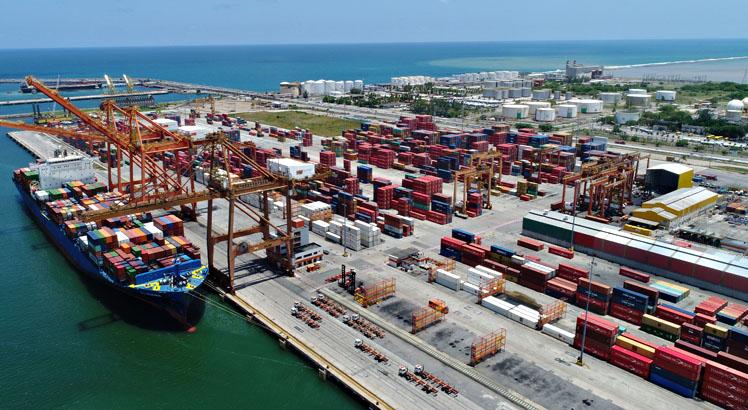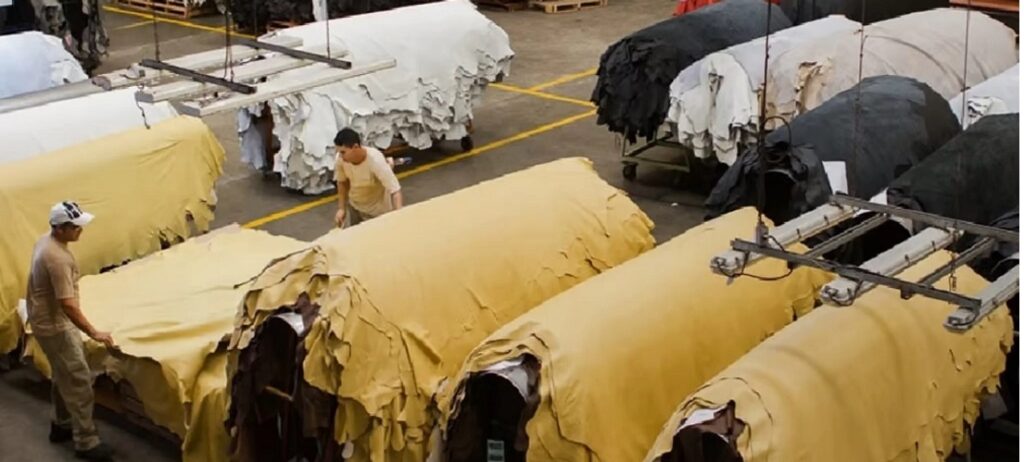This list of exportable products from Brazil is compiled by us to give foreign buyers investors some knowledge of what we have determined is financially viable.
Frozen Bovine Meat - In 2021 Brazil exported ($7.09B) of Frozen Bovine Meat. Brazil is the largest exporter of beef worldwide. Brazil exported a total of 1.991 million tons of fresh beef, with about 62% going to China. There will never be a larger exporter of meat than Brazil.
Soybean - Brazil is the world’s largest soybean exporter, accounting for more than half of international soybean market supply. Brazilian farmers harvested almost 160 million tons of soybeans in the last crop season, resulting in record exports in the first seven months of 2023.
Textile – Brazil exported 104.3 thousand tons of cotton in August 2023, up 66% from the same month in 2022. The average cotton yield in Brazil is expected to be 1,840 kg/ha in 2023, an increase of 18.9% over the previous year. The main destinations for Brazilian cotton exports are China, Bangladesh, Vietnam, and Pakistan. For the month of September 2023 too, Brazil again set a record by exporting 200,000 tons of cotton, the highest for September in any year.
Chicken Meat – The Brazilian poultry industry has notched up yet another strong performance in international markets. Brazil has been the largest exporter of poultry meat for close to 20 years now. So where is all this poultry meat going? China.
Firearms - Brazil is the fourth biggest global exporter of light arms in the world, ahead of Israel, Austria and Russia, according to the Small Arms Survey, the industry’s main study carried out by the IHEID in Geneva. The US is by far the biggest global exporter. Brazilian prices will be cheaper than the US.
Nuts and Seeds – Data for the amount of nuts Brazil exports is hard to obtain. The Brazil nut is native indigenous to the Amazon, but plenty non native species are grown on Brazilian soil. As the climate is tropical, arid and temperate depending on location. It’s an agricultures dream Brazil.
Cleaning Products - Brazilians are the largest consumers of cleaning products in Latin America spending an average of BRL 271,68 per year. According to Sebrae, an institution supporting the development of small and micro companies, Brazil has the fourth largest market in the word for cleaning products.
Confectionery and Snacks – The Brazilian chocolate market is currently experiencing a surge of good luck characterized by production, exports, and job creation growth. According to a socioeconomic report commissioned by the government, the chocolate industry accounts for approximately 23,000 direct jobs in Brazil. In terms of exports, Brazil is internationally recognized as a producer of high-quality chocolates, with its products reaching 135 countries. Exports totaled 35.8 thousand tons, equivalent to US$ 141.3 million. During the first half of 2023, 17.5 thousand tons have already been exported, amounting to US$ 71.8 million. After the United States, China and Japan.
Pork - Brazilian pork exports once again registered a strong performance in April, both in terms of volume and revenue. In the month, Brazil exported 102.4 thousand tons (fresh + industrialized), an increase of 16.5% over the 87.9 thousand
tons registered in April 2022. The first point that draws attention is that the volume sent to China slowed down, but even so the consolidated volume in the month was strong, signaling that Brazil has managed to expand negotiations with other markets, which is important, reducing a little the dependence on the Chinese market. With April data, the volume of pork exported by Brazil totaled 372.57 thousand tons in the first four months of 2023, up 16.53% from the 319.71 thousand tons registered in the same period last year.
Leather – Brazilian leather exports in the first half of 2023 recorded increases of 7.8% in traded area and 20.2% in weight compared to the same period last year. The volume of business amounts to US$ 563.8 million, down 15.4%. In
Out / 2023– migjonela.com.br


